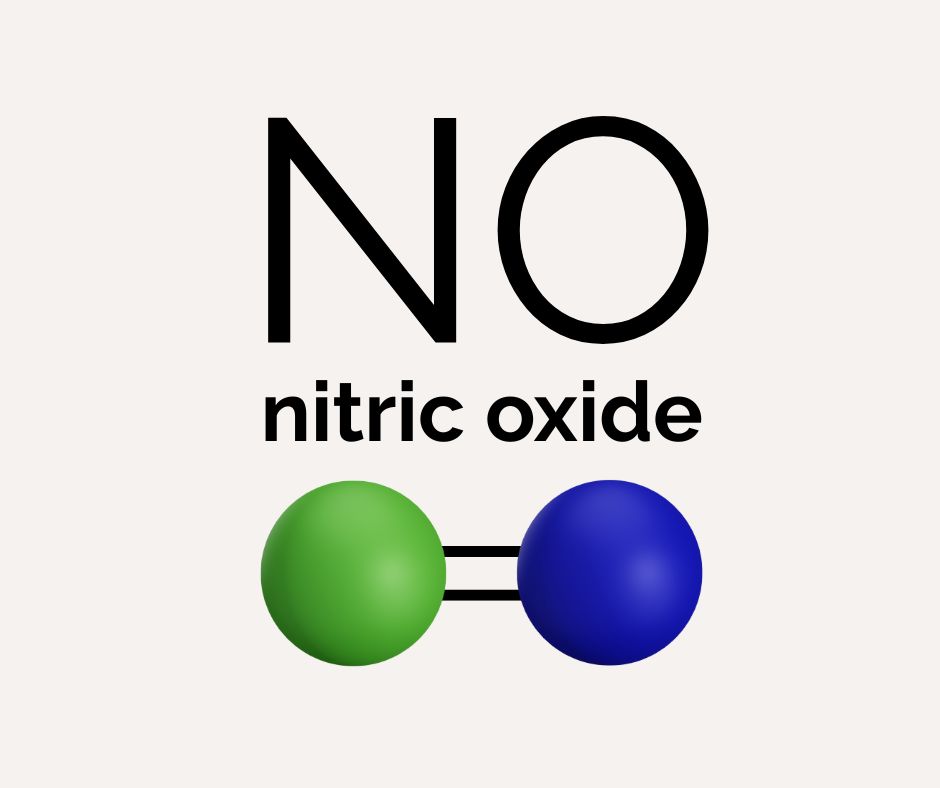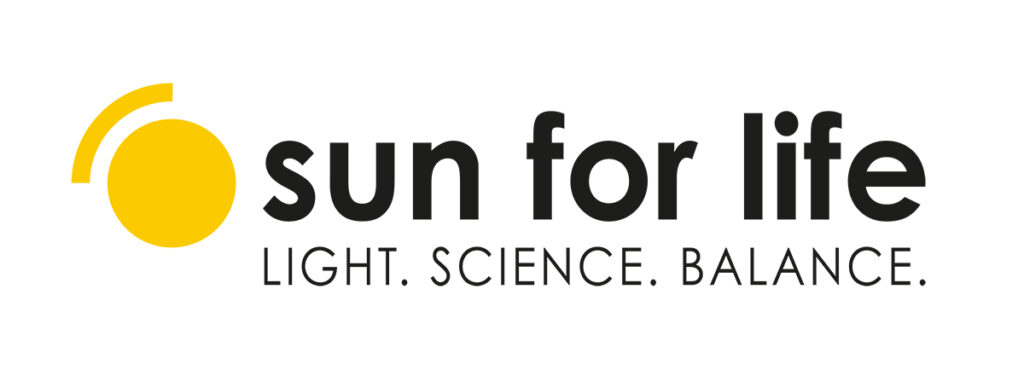The dermatologist who once warned against the sun speaks about the heart benefits of UVA
Cardiovascular diseases are responsible for as much as 32% of all deaths worldwide, making them the leading cause of mortality globally. For years, UVA radiation has had a bad reputation - mostly associated with skin damage and health risks. And yet, it is precisely this type of light that has a beneficial impact on the heart.
A dermatologist who once warned against sunlight later explored the mechanism by which UVA rays lower blood pressure and support the cardiovascular system.
Dr. Richard Weller, UVA rays, and the heart
Cardiovascular diseases account for as much as 32% of all deaths worldwide each year (WHO, 2025). High blood pressure is one of the main risk factors for stroke, coronary artery disease, and heart attack. Interestingly, average population blood pressure increases with distance from the equator (Rostand, 1997), and people with hypertension tend to have lower systolic and diastolic values in summer than in winter (Brennan et al., 1982). This seasonal and geographical variation also correlates with the incidence of heart attacks and strokes (Law and Morris, 1998; Rosengren et al., 1999; Cottel et al., 2000; Oberg et al., 2000; Zittermann et al., 2005).
Could sunlight have something to do with this?
And if so, is it only about vitamin D?
An increasing number of studies suggest that sunlight – specifically UVA radiation – activates a complex biological mechanism in our skin that may lower blood pressure and improve cardiovascular function. This was discovered by a dermatologist who had once warned against sun exposure himself.
From warnings to research: the story of Dr. Weller
Before becoming a dermatologist, Dr. Richard Weller practised general medicine, like many physicians in the UK. A turning point came during his research work in Australia, and later in Scotland and the USA, when he began to ask uncomfortable questions – even within his own field:
“I’m a dermatologist. My daily job is telling patients: ‘You have skin cancer. It’s caused by the sun. Avoid it.’”
However, hard epidemiological data – showing increased cardiovascular mortality in northern parts of the UK – prompted him to dig deeper.
“Even after accounting for smoking, diet, and socioeconomic status, there was still a gap. The further north you go, the more deaths you see.”
The suspicion turned to sunlight deficiency – and that’s when a new protagonist emerged in his research: nitric oxide (NO).

The molecule that changes everything: nitric oxide (NO)
NO – nitric oxide – is a simple molecule, yet it holds powerful biological effects:
- It dilates blood vessels,
- It lowers blood pressure,
- It supports blood flow in the coronary arteries,
- It plays a role in neurotransmission and cellular protection.
“It’s just one nitrogen atom and one oxygen atom, yet it affects the cardiovascular, nervous, and immune systems.” The skin stores stable forms of nitric oxide, such as nitrates and nitrites. These reserves – according to Weller – can be activated by UVA radiation.
The key experiment: UVA, NO, and blood pressure
To separate the effects of UVA from those of vitamin D, Weller designed an experiment in which:
- Volunteers were exposed to UVA radiation only (which does not stimulate vitamin D production),
- The exposure time was equivalent to about 30 minutes of summer sunlight in Edinburgh,
researchers observed an increase in blood nitric oxide levels and a drop in blood pressure, - In participants who were warmed without UV exposure, this effect did not occur.
“It’s a mechanism independent of vitamin D. And the effect was stronger in older individuals.”
Isn’t Vitamin D responsible for these benefits
That’s a question many of us – and many doctors – ask. Here’s the explanation:
- Vitamin D is synthesised only through UVB radiation,
- This study used UVA only,
- Despite no change in vitamin D levels, blood pressure dropped, and NO increased.
This is strong evidence that sunlight doesn’t work solely through vitamin D. UVA light has its own independent, biologically beneficial effects.
Sunlight, geography, and life expectancy
Based on model data, Weller demonstrated using Scotland as an example that:
- in winter, UVA radiation reaches the surface in only minimal amounts, and during this time, the skin does not release significant amounts of nitric oxide,
- differences in sunlight availability may help explain the so-called north–south health gradient.
“At the equator – regardless of the season – NO is released. In Edinburgh during winter, almost none.”
Where do NO reserves come from? The role of diet
The nitrates and nitrites stored in the skin don’t appear out of nowhere – they are partly the result of a diet rich in leafy vegetables. This is yet another example of how sunlight and nutrition can work synergistically.
Vegetables especially rich in nitrates – they provide the building blocks that the skin can store, and the sun can later activate:
- butterhead and romaine lettuce,
- Swiss chard (beet leaves),
- fennel,
- celery,
- chicory,
- artichokes,
- radishes and turnips.
Should we look at the sun differently?
“Sunlight is the main risk factor for skin cancer. But heart disease kills a hundred times more people.” Dr. Weller doesn’t promote reckless sun exposure. He speaks about the need for balance – for smart sun habits that consider time of day, geographic latitude, and the individual physiological needs of the body.
Watch the TEDx Talk:
Summary
Sunlight – especially its UVA component – has long been demonised as a threat to the skin. Yet research has revealed that UVA radiation can activate nitric oxide reserves stored in the skin – a compound that lowers blood pressure and supports the cardiovascular system. Importantly, this mechanism functions independently of vitamin D.
UVA may therefore play a key role in preventing heart disease, the leading cause of death worldwide. The skin doesn’t just react to light—it collaborates with it, especially when we provide it with the right nutrients through diet. Light and nutrition together form a coherent system that supports our health.
Source:
Article inspired by Dr. Richard Weller’s TEDx talk and his scientific publication:
– UVA Irradiation of Human Skin Vasodilates Arterial Vasculature and Lowers Blood Pressure Independently of Nitric Oxide Synthase
Liu, Donald et al., Journal of Investigative Dermatology, Volume 134, Issue 7, 1839 – 1846
Other noteworthy sources:
– WHO, Cardiovascular diseases (CVDs)
– Rostand SG (1997) Ultraviolet light may contribute to geographic and racial blood pressure differences. Hypertension 30:150–6
– Brennan PJ, Greenberg G, Miall WE et al. (1982) Seasonal variation in arterial blood pressure. Br Med J (Clin Res Ed) 285:919–23
– Law MR, Morris JK (1998) Why is mortality higher in poorer areas and in more northern areas of England and Wales? J Epidemiol Community Health 52:344–52
– Zittermann A, Schleithoff SS, Koerfer R (2005) Putting cardiovascular disease and vitamin D insufficiency into perspective. Br J Nutr 94:483–92
– Rosengren A, Stegmayr B, Johansson I et al. (1999) Coronary risk factors, diet and vitamins as possible explanatory factors of the Swedish north-south gradient in coronary disease: a comparison between two MONICA centres. J Intern Med 246:577–86
– Cottel D, Dallongeville J, Wagner A et al. (2000) The North-East-South gradient of coronary heart disease mortality and case fatality rates in France is consistent with a similar gradient in risk factor clusters. Eur J Epidemiol 16:317–22
– Oberg AL, Ferguson JA, McIntyre LM et al. (2000) Incidence of stroke and season of the year: evidence of an association. Am J Epidemiol 152:558–64
